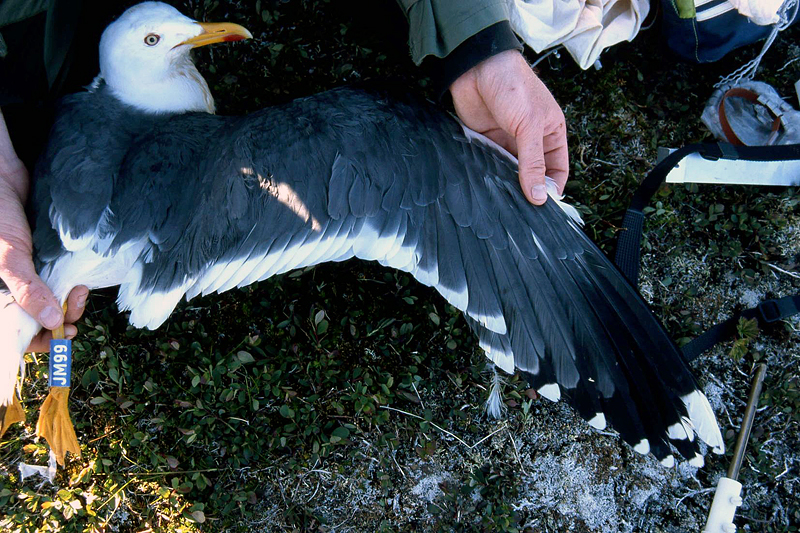 nominate Lesser Black-backed Gull (L. f. fuscus)
nominate Lesser Black-backed Gull (L. f. fuscus)
(last update:
Amir Ben Dov (Israel)
Hannu Koskinen (Finland)
Mars Muusse (the Netherlands)
fuscus 1cy July
fuscus 1cy Aug
fuscus 1cy Sept
fuscus 1cy Oct
fuscus 1cy Nov
fuscus 1cy Dec
fuscus 2cy Jan
fuscus 2cy Feb
fuscus 2cy March
fuscus 2cy April
fuscus 2cy May
fuscus 2cy June
fuscus 2cy July
fuscus 2cy Aug
fuscus 2cy Sept
fuscus 2cy Oct
fuscus 2cy Nov
fuscus 2cy Dec
fuscus 3cy Jan
fuscus 3cy Feb
fuscus 3cy March
fuscus 3cy April
fuscus 3cy May
fuscus 3cy June
fuscus 3cy July
fuscus 3cy August
fuscus 3cy Sept
fuscus 3cy October
fuscus 3cy Nov
fuscus 3cy Dec
fuscus 4cy Jan
fuscus 4cy Feb
fuscus 4cy March
fuscus 4cy April
fuscus 4cy May
fuscus 4cy June
fuscus 4cy July
fuscus 4cy Aug
fuscus 4cy Sept
fuscus 4cy Oct
fuscus 4cy Nov
fuscus 4cy Dec
fuscus ad Jan
fuscus ad Feb
fuscus ad March
fuscus ad April
fuscus ad May
fuscus ad June
fuscus ad July
fuscus ad Aug
fuscus unringed Aug
fuscus ad Sept
fuscus ad Oct
fuscus ad Nov
fuscus ad Dec
Larus fuscus male 4+cy JM99 June 24 2002, Nordfugløy, Troms, Norway. Pictures: Morten Helberg.
JM99 illustrates the upper-part grey tone as can be found in approximately 50% of the breeding adults on the island of Nordfugløy. Of course, the other 50% looks like blackish nominate fuscus. Complete moult still not started by late June. Note the large amount of white in the wing-tip.
The most northern island in the county Troms is Nordfugløy. Here you find a Lesser Black-backed Gull colony in cloudberry mires, about 300 meters above sea level. The oldest data about the presence of this colony are from 1963 when 125 pairs were estimated. Still, there was nothing known concerning the subspecies composition before the first adult birds were caught and colour-ringed in 2002. The breeding population varies a lot in numbers between the years, with a minimum of 15-20 pairs in 2002, and with a maximum of 100 pairs in 2006 and 2007. Nowadays, with about 100 pairs, it is the largest colony of Lesser Black-backed Gulls in northern Norway.
The island also hosts a breeding population of 100+ pairs of arctic skuas and 200+ pairs of Common Gulls. There is only one island in this ringing program which is higher up north: Loppa Island, which is a similar colony at about 200 meters above sea level.
The ringing program on Nordfugløy started in 2000, when juveniles were ringed. From 2000 to 2008, 172 juveniles were ringed here. Up to May 2008, 20 of these juveniles were seen outside the breeding range. Between 2002 and 2007, 17 adults were ringed as well, with 7 rediscoveries. This is a remarkable high recovery rate, certainly due to the predominant western migration route chosen by the adults breeding on this island. Pale-mantled birds from Nordfugløy have been rediscovered in Portugal, Spain, Italy and Libya. One dark fuscus-type bird has been observed frequently in Israel.
More information about migration strategies in Norwegian fuscus and the ringing programme in the three northern counties of Norway: Nordland, Troms and Finnmark, can be found here: The summary for juveniles can be found in the fuscus 1cy October section, the summary for adults can be found in the fuscus adult October section.
Morten Helberg, Geir Systad, Ingve Birkeland, Nils Lorentzen & Jan Bustnes published an article about this research in Ardea 97, 2009, titled: Migration patterns of adult and juvenile Lesser Black-backed Gulls Larus fuscus from northern Norway. The complete PDF can be found HERE.
